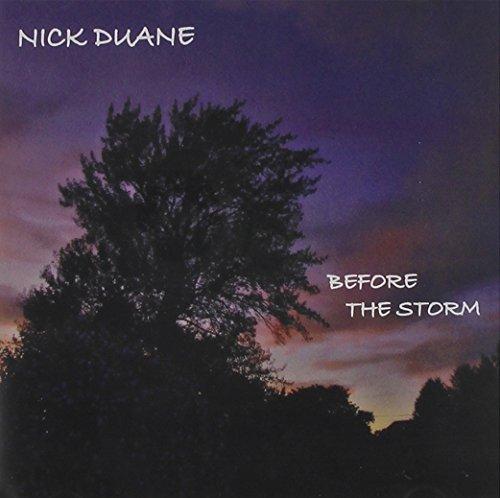
description
7Home state to the Southern Rocky Mountains, Colorado's wild edible abundance draws mostly from the forested zones. Lesser known is the state's affiliation with desert orientations to the west and Great Plains to the east. Wild Edible Plants of Colorado compiles the most relevant edible plants from these various regions and offers them to the reader as a user-friendly visually-appealing booklet.
A discussion of each plant's edible use and preparation is the publication's primary aim, though space is also given to range and habitat, medicinal uses, cautions, and noteworthy special considerations. Helpful additions include sustenance ratings (low, medium, or high), collection timing and desired plant-part indicators, county-by-county map-image, over 160 color photos, and a general index.
Plant List: Amaranth, Asparagus, Beeplant, Bilberry, Box Elder, Bracken Fern, Buffalo Gourd, Cattail, Checkermallow, Chokecherry, Creeping Hollygrape, Currant, Evening Primrose, Fairybells, Gambel Oak, Gooseberry, Greenthread, Ground Cherry, Hawthorn, Heartleaf Bittercress, Indian Rice Grass, Lambsquarters, Lemonade Berry, Mallow, Mariposa Lily, Marsh Marigold, Monkey Flower, Mountain Parsley, Mullein, Nettle, Orach, Ox-Eye Daisy, Panicgrass, Pinyon Pine, Plantain, Prickly Pear, Purslane, Raspberry, Russian Olive, Salsify, Serviceberry, Sheep's Sorrel, Smartweed, Spiderwort, Squaw Apple, Thimbleberry, Thistle, Tuber Starwort, Tule, Tumble Mustard, Watercress, Wild Onion, Wild Rose, Wild Strawberry, Wild Sunflower, Wintercress, Yellowdock, and Yucca.
A discussion of each plant's edible use and preparation is the publication's primary aim, though space is also given to range and habitat, medicinal uses, cautions, and noteworthy special considerations. Helpful additions include sustenance ratings (low, medium, or high), collection timing and desired plant-part indicators, county-by-county map-image, over 160 color photos, and a general index.
Plant List: Amaranth, Asparagus, Beeplant, Bilberry, Box Elder, Bracken Fern, Buffalo Gourd, Cattail, Checkermallow, Chokecherry, Creeping Hollygrape, Currant, Evening Primrose, Fairybells, Gambel Oak, Gooseberry, Greenthread, Ground Cherry, Hawthorn, Heartleaf Bittercress, Indian Rice Grass, Lambsquarters, Lemonade Berry, Mallow, Mariposa Lily, Marsh Marigold, Monkey Flower, Mountain Parsley, Mullein, Nettle, Orach, Ox-Eye Daisy, Panicgrass, Pinyon Pine, Plantain, Prickly Pear, Purslane, Raspberry, Russian Olive, Salsify, Serviceberry, Sheep's Sorrel, Smartweed, Spiderwort, Squaw Apple, Thimbleberry, Thistle, Tuber Starwort, Tule, Tumble Mustard, Watercress, Wild Onion, Wild Rose, Wild Strawberry, Wild Sunflower, Wintercress, Yellowdock, and Yucca.
member goods
No member items were found under this heading.
Return Policy
All sales are final
Shipping
No special shipping considerations available.
Shipping fees determined at checkout.






